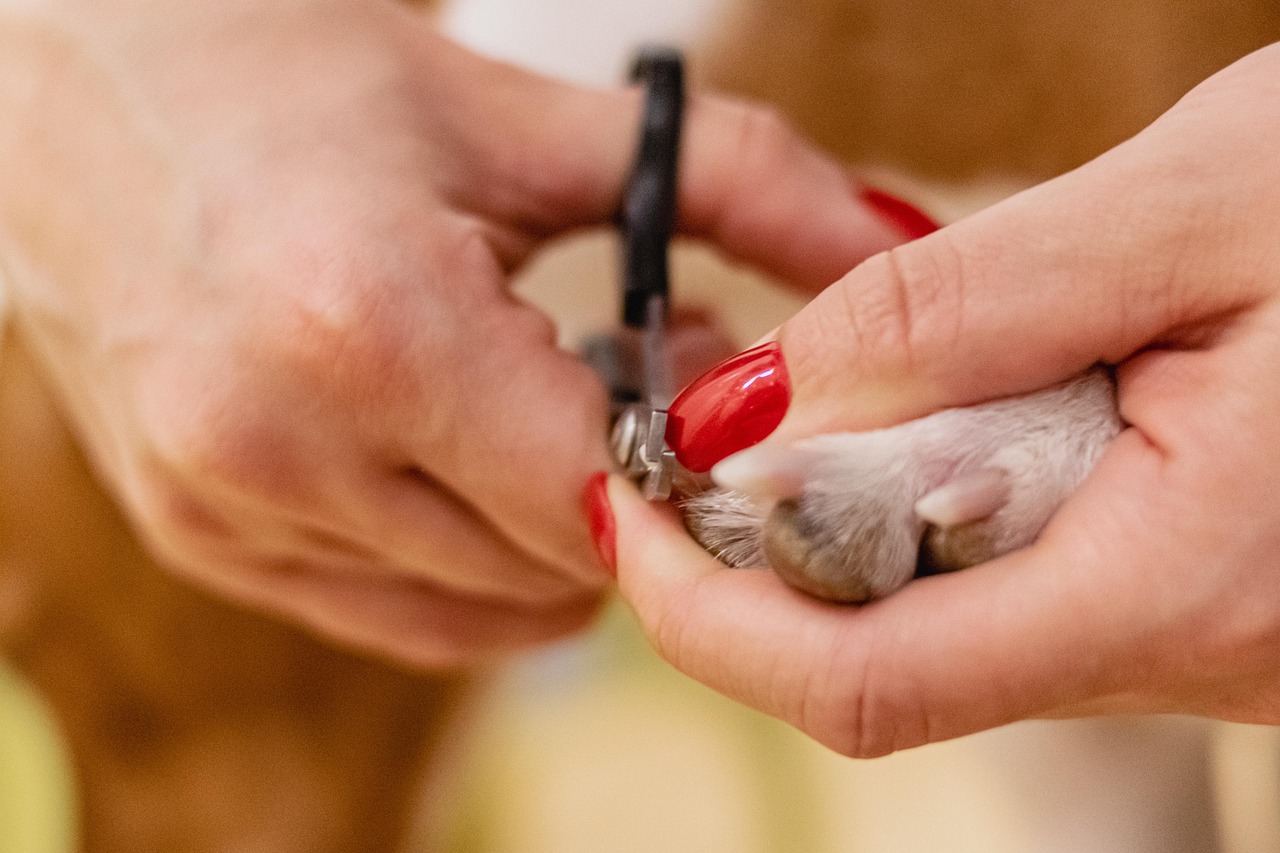When Breeds Behave Like Species: Rethinking the Dog Genome
The Canine Conundrum: Are Dog Breeds More Than Just Varieties?
For centuries, humans have shaped the dog genome through selective breeding, sculpting everything from the towering Great Dane to the pint-sized Chihuahua. But a provocative new study published in the Journal of Small Animal Practice suggests that our beloved breeds may be more genetically distinct than previously thought—so distinct, in fact, that they might warrant classification as separate species.
This isn’t just a semantic twist. The implications ripple through veterinary medicine, genetics, and even how we understand evolution itself. The research, led by Dr. Dan O’Neill and colleagues from the Royal Veterinary College’s VetCompass programme, dives deep into the genetic and clinical data of thousands of dogs, revealing patterns that challenge long-held assumptions about breed boundaries.

Annual proportional (%) nail clipping in common dog breeds under primary veterinary care in the VetCompass Programme in the United Kingdom in 2019. The horizontal bars represent 95% confidence intervals.
Beyond Breed: A Genomic Divide
Traditionally, all domestic dogs—whether a Pomeranian or a Pit Bull—are considered members of the same species: Canis lupus familiaris. Breed differences were seen as superficial, akin to variations in human populations. But this study argues that the genetic divergence between some breeds is so profound that it rivals, or even exceeds, the differences seen between recognized species in the wild.
Using data from over 2,000 dogs undergoing routine nail clipping procedures, the researchers found that breed-specific traits weren’t just skin-deep. They extended to behavior, physiology, and even responses to clinical care. For example, some breeds showed heightened sensitivity to nail trimming, requiring sedation or special handling, while others tolerated the procedure with ease. These differences weren’t random—they aligned tightly with breed genetics.
The team applied statistical models to assess how much of this variation could be attributed to breed alone. The results were striking: breed identity accounted for a significant proportion of the variance in clinical outcomes, suggesting that these dogs weren’t just different in appearance—they were fundamentally different in biology.
Species or Spectrum? A Taxonomic Tug-of-War
So, should we start calling Labradors and Lhasa Apsos separate species? Not so fast. The concept of species is notoriously slippery, especially in domesticated animals. The biological species concept hinges on reproductive isolation—can two animals produce fertile offspring? By that measure, all dog breeds are still one species, since interbreeding is possible (though not always advisable).
But the study leans into a more modern, genomic definition of species—one that considers genetic distance, ecological niche, and functional divergence. In this framework, some dog breeds may be as distinct as wolves are from coyotes. The authors don’t advocate for an immediate taxonomic overhaul, but they do urge scientists and veterinarians to rethink how breed identity influences clinical care and research.
This shift could have practical benefits. If breeds are treated more like species, veterinary protocols could be tailored more precisely. Drug dosages, surgical techniques, and even behavioral therapies might be customized not just for size or age, but for breed-specific biology. It’s personalized medicine for pets, taken to the next level.
The Ethics of Evolution: What Does This Mean for Dogs?
While the science is compelling, it also raises ethical questions. If breeds are becoming species-like, are we inadvertently creating genetic silos? Selective breeding has already led to a host of health problems in certain breeds—bulldogs with breathing issues, dachshunds with spinal disorders, and so on. Recognizing breeds as quasi-species might reinforce these divisions, making it harder to advocate for genetic diversity and crossbreeding.
On the flip side, this perspective could empower breeders and veterinarians to make more informed decisions. Understanding the deep genetic roots of breed-specific traits might help mitigate inherited diseases and improve overall canine welfare. It could also reshape how we train, socialize, and live with dogs, acknowledging that a Border Collie’s brain is wired differently from a Basset Hound’s.
Ultimately, this study invites us to see dogs not just as pets, but as evolutionary experiments—living examples of how human intervention can sculpt biology in profound ways. Whether or not we redraw the species map, one thing is clear: the dog genome holds more secrets than we ever imagined.
And perhaps, in the not-so-distant future, your vet might ask not just “What breed is your dog?” but “What species?”







